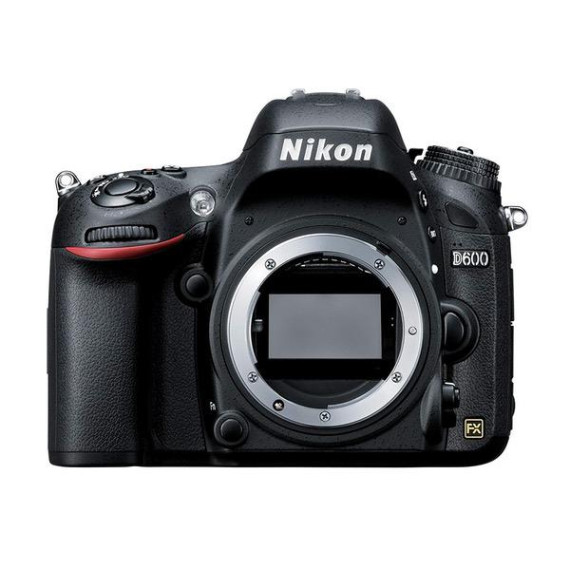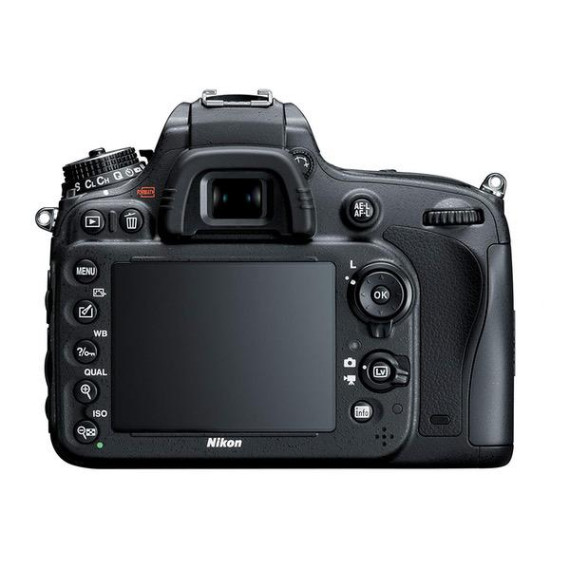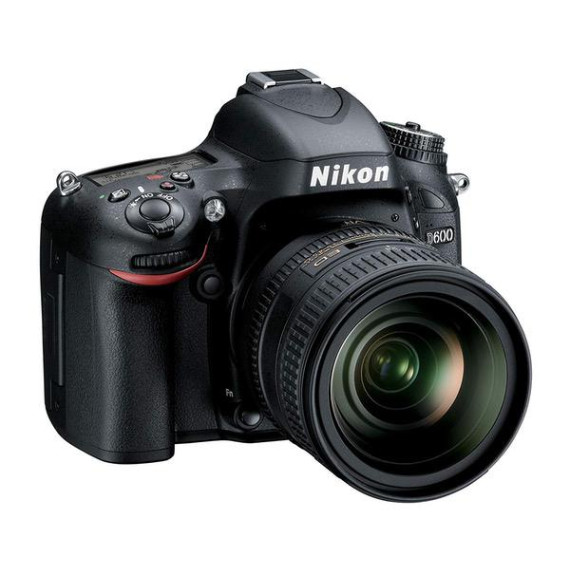Lydia Royce
Nikon D600 24.3MP CMOS FX-Format Digital SLR Camera Bundle with 24-85mm and 70-300mm Nikkor VR Lens and 3.2-Inch TFT LCD Screen (Black) (OLD MODEL)
B00CP7FDLW

Serving customers for more than 35 years, Adorama has grown from its flagship NYC stor...
City: US, Pasadena
Delivery
DHL express - Fast
1 day, Door-to-Door, Courier Delivered
from 26$
Pickup at your own expense
Tomorrow from 09:00 to 20:00, Store location
Free
Payment options
Cash, bank card, credit/installment payments, cashless payment for legal entities
Warranty and returns
Exchange/return of products of proper quality within 14 days
Official manufacturer's warranty: 12 months
Features
Style
2 Lens Bundle
Description
This fits your .
Reviews
Rajul
Robert Franklin Bennett
Robert Cozzi
Michelle N
David Goodwin
Arren
Roxana Mirabal
Chandler
NoVA Music Lover
Showing 10 of 20 reviews
Product variations
Please sign in so that we can notify you about a reply
















